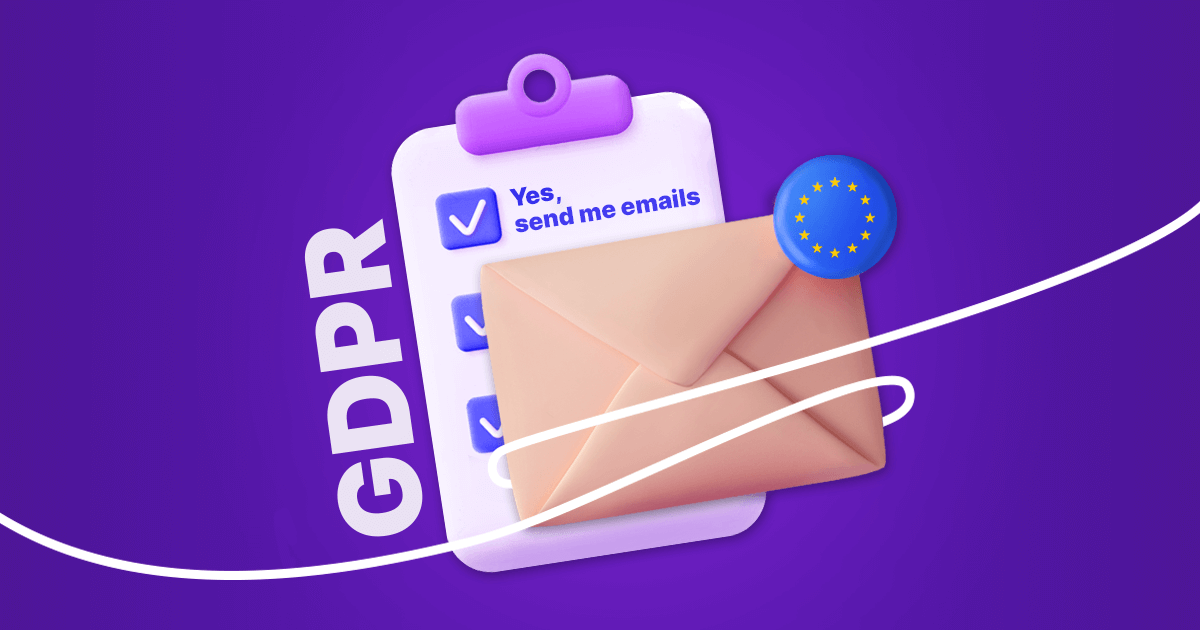What is the General Data Protection Regulation (GDPR)
GDPR is a regulation that affects the management of personal data of all citizens and residents living on the European Union territory, even if it is processed or stored by companies outside the European Economic Area’s geographical borders. International companies that provide services or track activities inside the EU must also comply.
Personal data is any information that allows for direct or indirect identification of a person that doesn’t require sufficient time or effort. Some common examples include a phone number, an email address, ID, biometric and medical records, IP address, and cookies. For the purposes of email marketing, any customer data you are collecting most likely falls subject to that definition.























